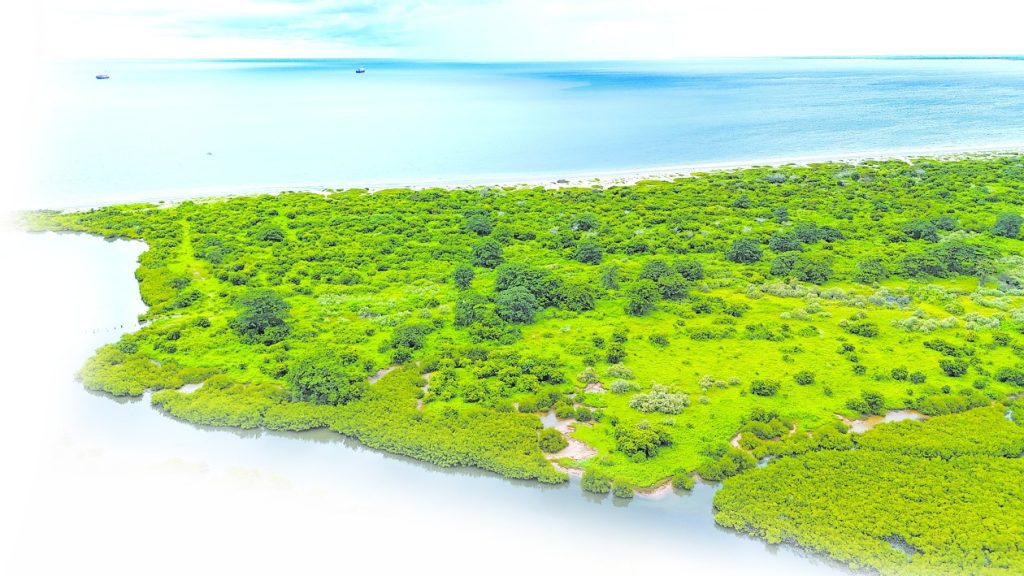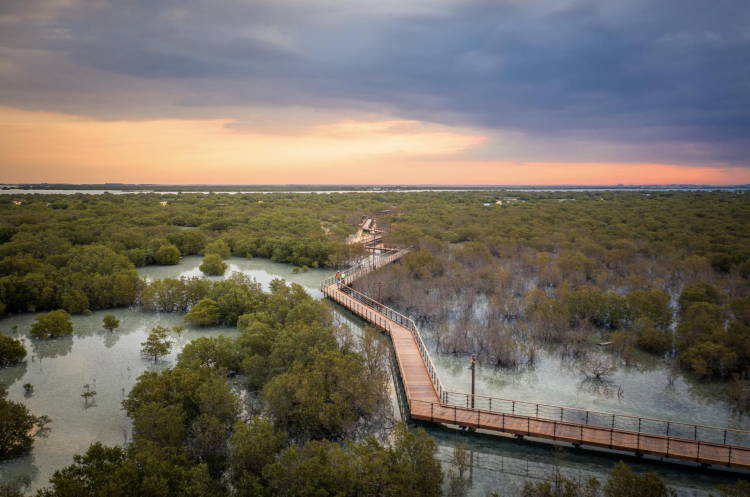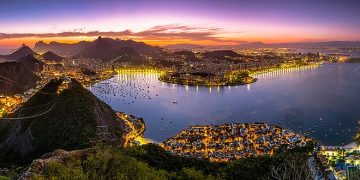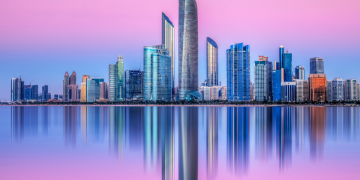Nestled at the confluence where the Gambia River meets the Atlantic Ocean lies a spectacle of nature’s serenity and strength: the mangrove forests. These natural barriers, with their roots deeply entrenched in the muddy banks and crowns swaying in the coastal breezes, form a hidden kingdom. They are not only the custodians of the sea and river’s secrets but also bearers of ancient legends and emblems of life’s resilience. Our special correspondent from The Global Times, Huang Peizhao, ventured into the enigmatic mangroves of Gambia to uncover the history, culture, and modern challenges behind this wondrous natural landscape.
Mangroves: A Misnomer of Color
The Niumi Biosphere Reserve, located on the northern banks of the Gambia River near the capital, Banjul, has recently been designated a Biosphere Reserve by UNESCO. The mangroves within are among the few pristine mangrove forests left in the world, playing an irreplaceable role in stabilizing coastlines and protecting marine biodiversity. As our reporter sailed up the Gambia River, it felt like entering an alternate dimension. At dawn, the mangroves sway gently in the breeze, with the sunlight filtering through the foliage, casting shimmering golden reflections on the water. The complex and robust root systems cling to the land, growing silently in the water, while the air is tinged with the salty tang of the tide. Egrets circle and swoop through the branches, feasting and flying in equal turn.
Husam, an experienced boat captain, knows how to navigate the intricate waterways of the mangroves. He has guided numerous cultural delegations to Niumi, his face glowing with pride and excitement as he shares his knowledge with our reporter.
“Mangroves are actually green,” explains Adil, a manager at the Niumi Biosphere Reserve. “They are called ‘mangroves’ because they belong to the Rhizophoraceae family. Their bark contains tannins, which oxidize to a reddish hue upon exposure to air.” Covering approximately 1,937 square kilometers and home to nearly 178,000 residents, the Niumi Biosphere Reserve is a unique ecosystem at the intersection of land and sea. It’s celebrated as the ‘coastal guardian’ and ‘marine lung’, a vital habitat for rare and endangered waterbirds, and a crucial breeding ground for fish, shrimp, crabs, and mollusks. When the tide recedes, the exposed mudflats teem with life, as fish and crabs scurry to feed, creating a bustling marketplace of marine life.
Echoes of Ancient Tales and History
In Gambian lore, mangroves are more than scenic nature; they are sanctuaries for ancestral spirits. As torrential rains pour and waves roar, the mangroves steadfastly guard the frontier between sea and land like loyal sentinels against nature’s fiercest onslaughts. Fishermen and farmers have coexisted with the mangroves for generations, believing in the mystical powers of these trees to protect their villages from maritime storms.

A local legend recounted to our reporter adds a layer of mystique to the mangroves. It tells of a young fisherman named Kama, who loved a girl from his village named Ana. Their love, hindered by tribal conflicts, was unattainable. Despondent, Kama left to find a path of reconciliation across the sea. A storm wrecked his boat, and he was presumed lost. Miraculously, after the storm subsided, Kama was found alive on a small island deep within the mangroves, claiming that the guardian spirits of the mangroves had led him to safety. Thereafter, a grand reconciliation ceremony was held in the mangroves, cementing unity and peace.
To this day, fishermen pray at the edge of the mangroves before venturing out to sea, seeking the guardians’ blessing. At sunset, as the fishermen of Gambia conclude their day’s work, the mangroves bask in the golden afterglow, as if cloaked in a mystical aura.
Vitality Amidst Peril
The mangroves have played complex roles throughout colonial history. Centuries ago, European explorers and traders ventured deep into Africa via the Gambia River. As a crucial conduit for the West African slave trade, the mangroves also served as clandestine hubs for slave transactions. Over time, the mangroves have witnessed the ebb of colonialism and the return of freedom.
Despite their rich history and ecological value, mangroves now face unprecedented threats. Climate change, rising sea levels, and human overdevelopment are causing these vital ecosystems to vanish globally. Local villages, fully aware of the gravity of this issue, have joined hands with environmental organizations to reforest and protect these ancient groves.
Adil emphasizes the Gambian government’s recognition of the Niumi Biosphere Reserve’s significance, implementing a series of conservation and sustainable development measures. Legislation has been enacted to curb illegal logging, development, and fishing within mangrove areas, ensuring biodiversity. Additionally, special environmental funds have been allocated for ecological restoration projects and infrastructure within the reserve. By planting native species, the government aims to bolster coastal defenses, reducing erosion and flood risks.
Despite the inevitable impacts of modernization, Gambia’s mangroves endure, like an ancient saga narrating the forces of nature, the vicissitudes of history, and the inseparable bond between humanity and the natural world. As night falls, the mangroves stand silent under the moonlight, like slumbering sentinels guarding the past and future of this land.





















